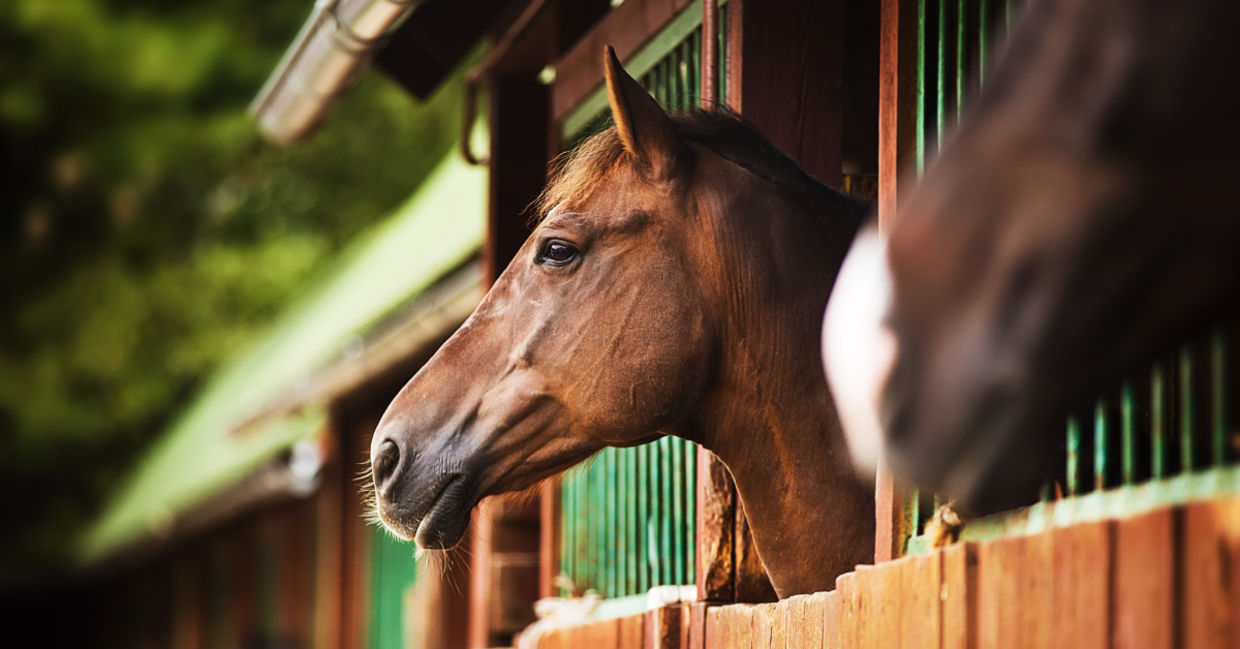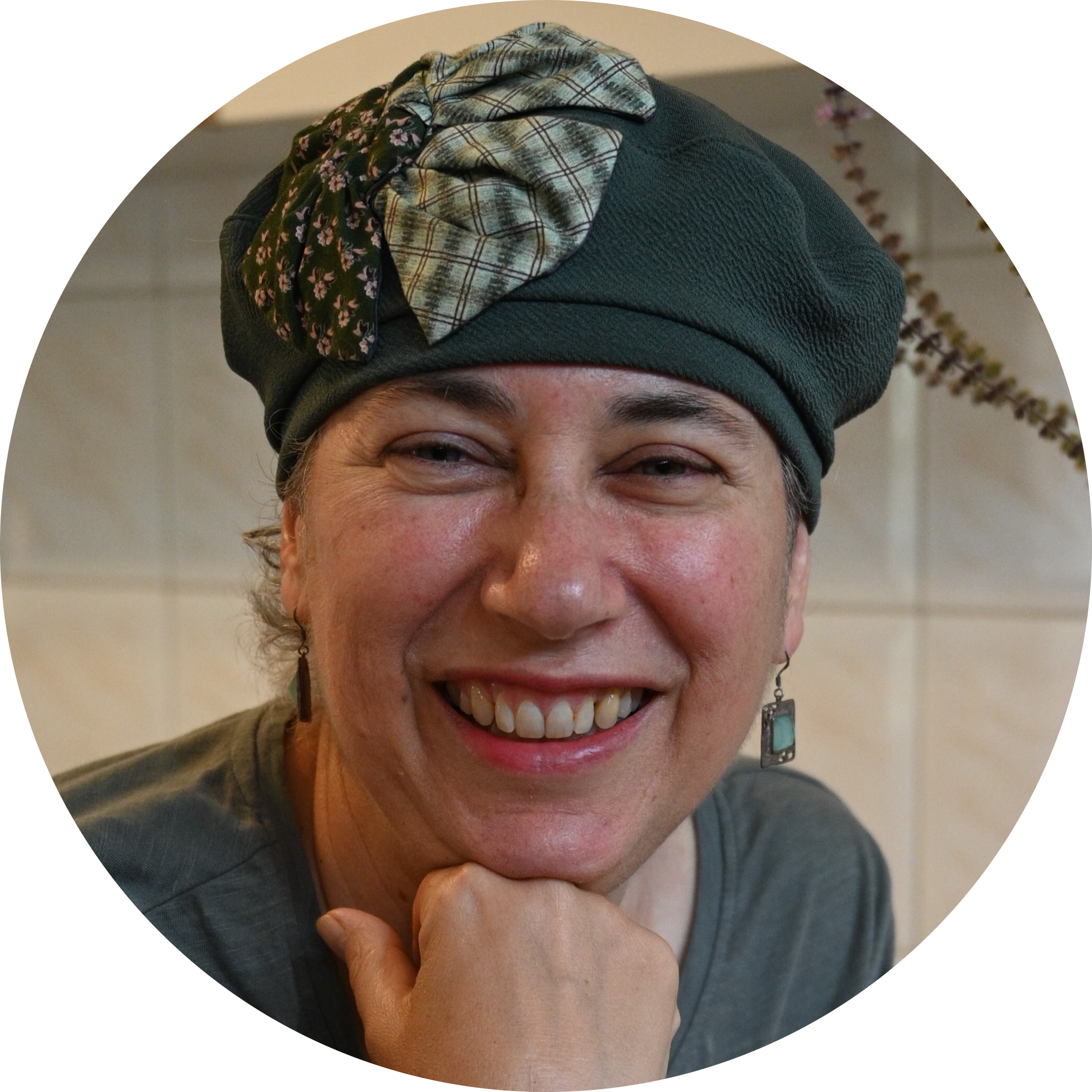
(Valeri Vatel / Shutterstock.com)
The resounding echoes of hooves on concrete, accompanied by the curious gazes of hooded heads peering over stable doors, create a stark contrast to the idyllic open paddocks of Stormy Park—a racehorse stable nestled in the serene landscapes of Compton, south-east South Australia. Amidst the lush grassy fields adorned with gum trees, Stormy Park serves as a sanctuary for racehorses that have been cast aside from prominent metropolitan stables, granting them a newfound lease on life, ABC Australia reports.
For over four decades, Dean Saxon has dedicated himself to the training and racing of thoroughbreds in the rural regions of South Australia. Hailing from a background as a former show-jump rider, he earned a commendable reputation for his remarkable ability to transform rejects into skilled racers through patient and meticulous rebuilding of their hearts, minds, hooves, and bodies.
View this post on Instagram
"Many thoroughbreds face abandonment as early as three years of age, often after a mere handful of races," Dean explained to ABC, reflecting on the sad reality of the racing industry. He currently oversees the care of several horses that were once acquired for staggering amounts, as yearling colts with the hope of becoming triumphant Golden Slipper winners and subsequently being sold as stud stallions for astronomical sums.
At Stormy Park, it's not solely the horses that receive a second chance; Dean Saxon also extends his compassionate support to people who have lost their way, offering them hope and healing through the profound connection with horses, according to ABC.
Over time, individuals from all walks of life have sought refuge at the farm, whether for work or to contribute to its operations. Spending time with horses has an inexplicable therapeutic effect, providing solace and renewal to those who seek it.
"One trackwork rider came to our local area after nearly dying on the streets of Adelaide — he'd been addicted to drugs, he'd been homeless, he'd lost just about everything except the will to live, Saxon told ABC. "And he's turned his life around thanks to the people in this industry who just took him in and rekindled his childhood love of horses....he's one of the most loved people in our local industry now. This environment — the country life, the horses — it just seems to help people flourish."
Thousands of unwanted horses
More than 140,000 Quarter Horses (an American breed of horse that excels at sprinting short distances) are born each year, with a production approach where those deemed "imperfect" in terms of color and conformation are callously discarded for slaughter, according to the organization Equine Advocates, slaughter being an easy and cheap way to dispose of unwanted horses quickly, rather than taking responsibility for them by finding suitable homes or opting for humane euthanasia through licensed veterinarians.
There are considerable costs involved in owning a horse, including the minimum upfront expenditure for acquiring a horse and the necessary equipment, reports Farm House Tack. Subsequently, an annual expenditure can be anticipated, contingent on factors such as the individual's location and the choice between having a personal barn with equipment or opting to board the horse elsewhere.
In a study released by the Journal of Equine Science, the running performance of Thoroughbred racehorses was reported to peak when they were between 4 and 5 years old. Of the horses that have won the Triple Crown, winning three of the four top races held in the US in one year, the horses were all three-years-old when they competed, according to Britannica. With horses living anywhere up to 25 or 30 years, it is easy to see how racehorses are discarded young.
Other careers
Once their racing days are behind them, many elite horses find retirement as stud animals, contributing to the breeding of the next generation of racehorses, according to the British Horseracing Authority (BHA). However, thoroughbreds are exceptional creatures, blessed with remarkable intelligence and versatility, making them highly adaptable to retraining outside the racing arena.
Countless thoroughbreds go on to enjoy thriving and successful careers in diverse equestrian disciplines, such as Showing, Eventing, Dressage, Polo, and Showjumping. Others find contentment participating in Riding Club activities and leisurely hacking, BHA continues.
As an example, the BHA points to the incredible adaptability of former racehorses as exemplified by their participation in the 2016 Rio Olympics in three-day eventing, showcasing their prowess and agility outside the traditional racetrack. Notably, they were also integral to the triumph of Team Great Britain, securing gold at the 2018 World Equestrian Games.
Recognizing the potential for second careers and the welfare of retired racehorses, the sport itself established a charity called Retraining of Racehorses (RoR). This charity plays a crucial role in fostering demand for alternative vocations for former racehorses, ensuring they find loving homes and are cared for with utmost dedication after the conclusion of their racing careers.
Horses teaching humans
Back in 1984, a remarkable gelding named Promised Road stepped off a van and entered the grounds of the Wallkill Correctional Facility in upstate New York, marking the historic moment as the first horse ever under the care of the Thoroughbred Retirement Foundation (TRF). With this milestone, the TRF's vision of providing safe havens for retired racehorses, shielding them from potential abuse or slaughter, became a heartening reality.
The Wallkill program is not the only recidivist horse program in the US. Every morning, Julio Sanchez makes his way to the barn, where he lovingly grooms his favorite horse, Slicy, reports CBS.
"Slicy is a retired horse; he came here after suffering an injury," Sanchez told CBS. A year ago, Sanchez had never experienced such close proximity to a horse. Now, it has become one of the few things he eagerly anticipates. "When I'm here, I let my guard down, and I feel like a human," he added.
At first glance, this story of a man discovering a newfound love for horses might not appear extraordinary. However, the true wonder lies in the fact that his horse, and the entire farm, reside within the confines of Pleasant Valley State Prison, where Sanchez serves as an inmate.
Sanchez is an active participant in the "Second Chances" program, a commendable endeavor by TRF. This remarkable initiative teaches inmates the art of becoming groomers and stable cleaners, utilizing horses that were rescued from the brink of slaughter.
"Just like us, they were granted a second chance," Sanchez expressed with heartfelt conviction to CBS. Within the stark surroundings of concrete and barbed wire, an unexpected transformation unfolds as redemption and empathy find a home in the presence of these remarkable animals.
“Working with the horses saved my life,” Jay Schleifer, a former Wallkill inmate who is now an alcohol and substance abuse counselor with the New York Department of Correctional Services, told TRF. “Around them I could let my guard down. I could be myself. I could also learn from them…about love, trust and caring. And I also realized how much in common we had. We were all in pretty bad shape and we might have been beaten down, but we were definitely not out. Together, we could all make it.”
The bonds formed at these correctional facilities transcend walls and barriers, fostering growth, and healing. Together, horses and humans reaffirm the belief that despite facing challenging circumstances, there lies a collective strength that can lead to triumph, making it possible to overcome life's hurdles and emerge stronger as a unified force.
YOU MIGHT ALSO LIKE:
Remembering the Horse That Never Won a Single Race
Compton Cowboys Use Horses To Get At-Risk Teens Off The Streets
Philadelphia Riding Club Helps Youth







